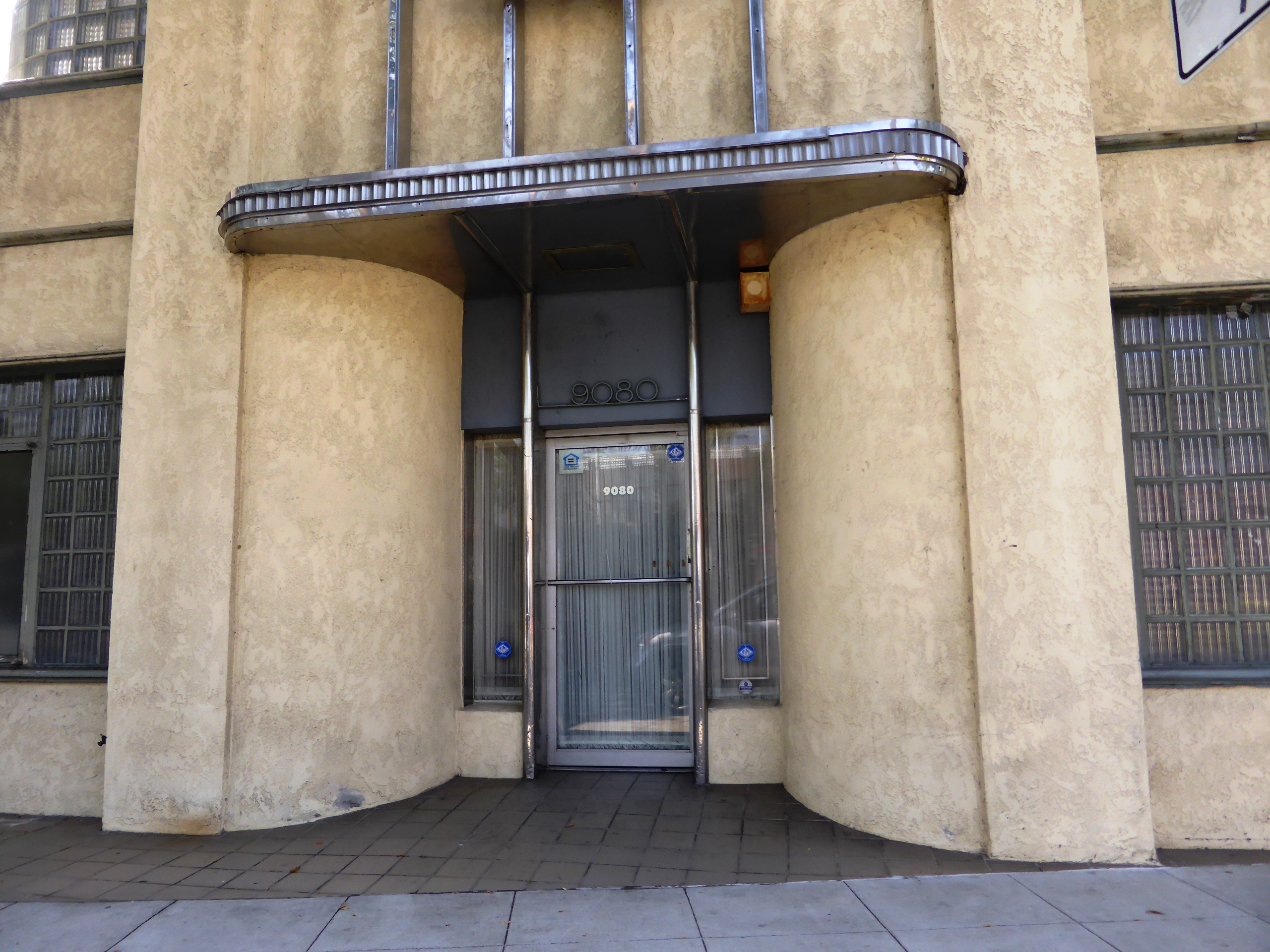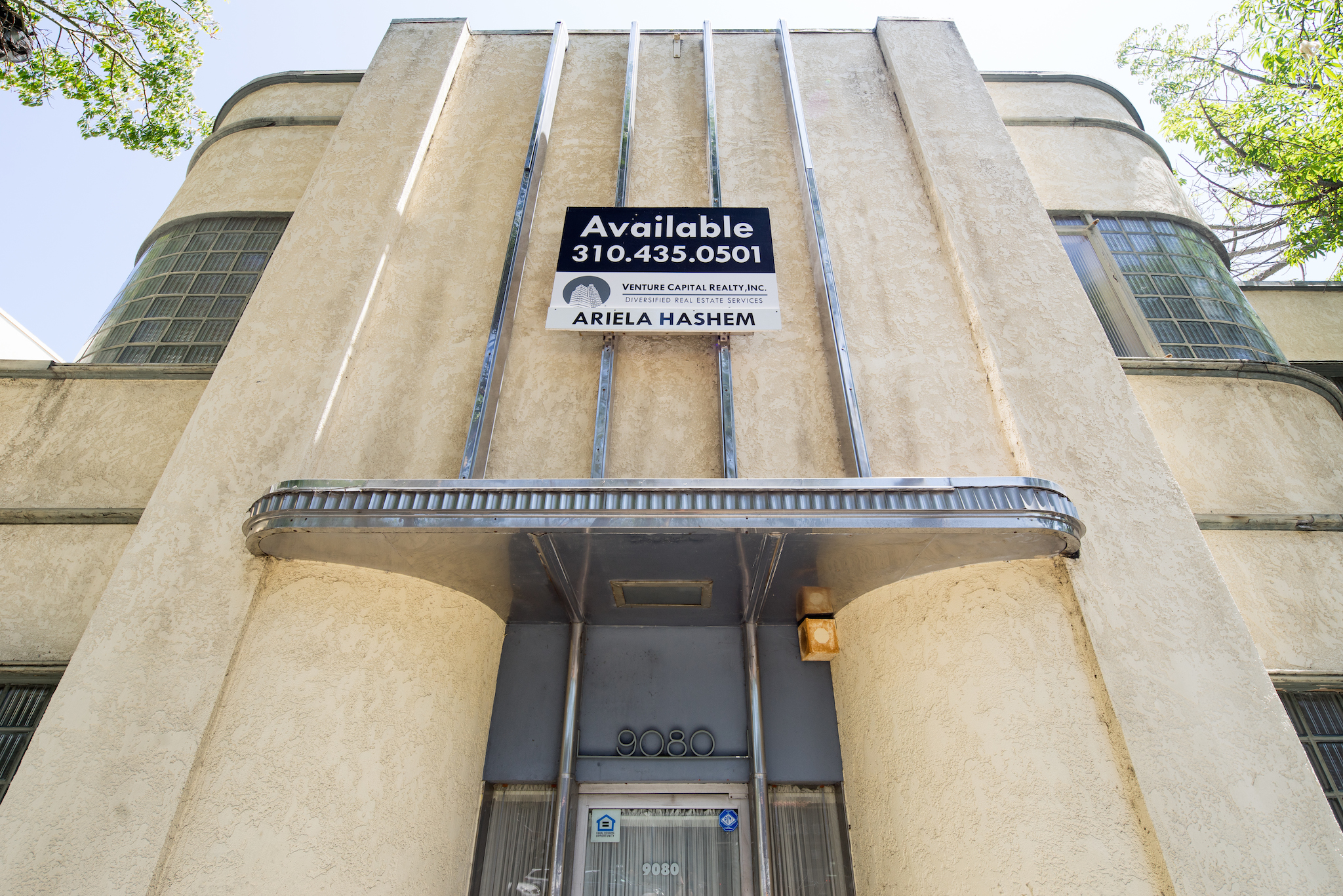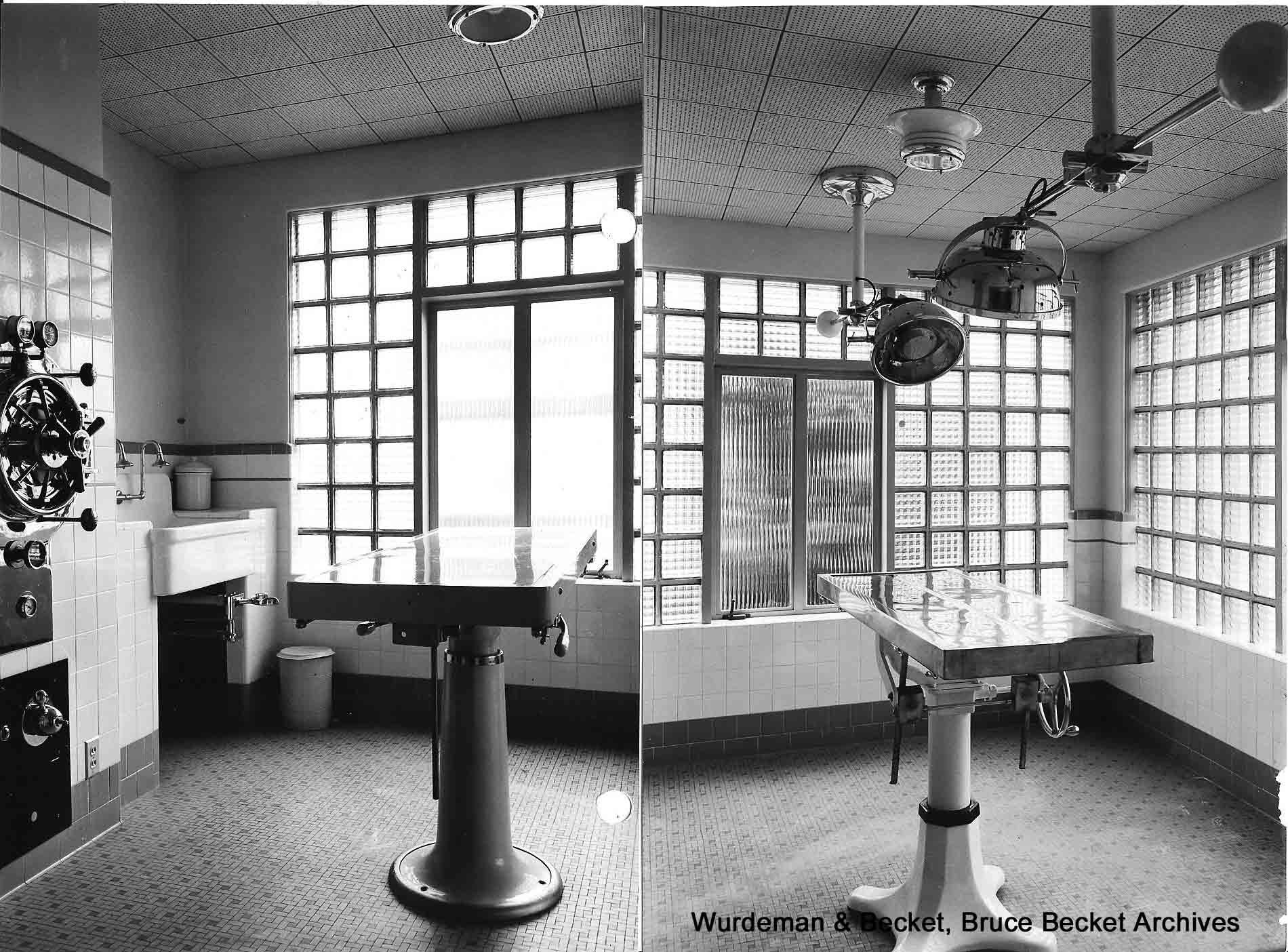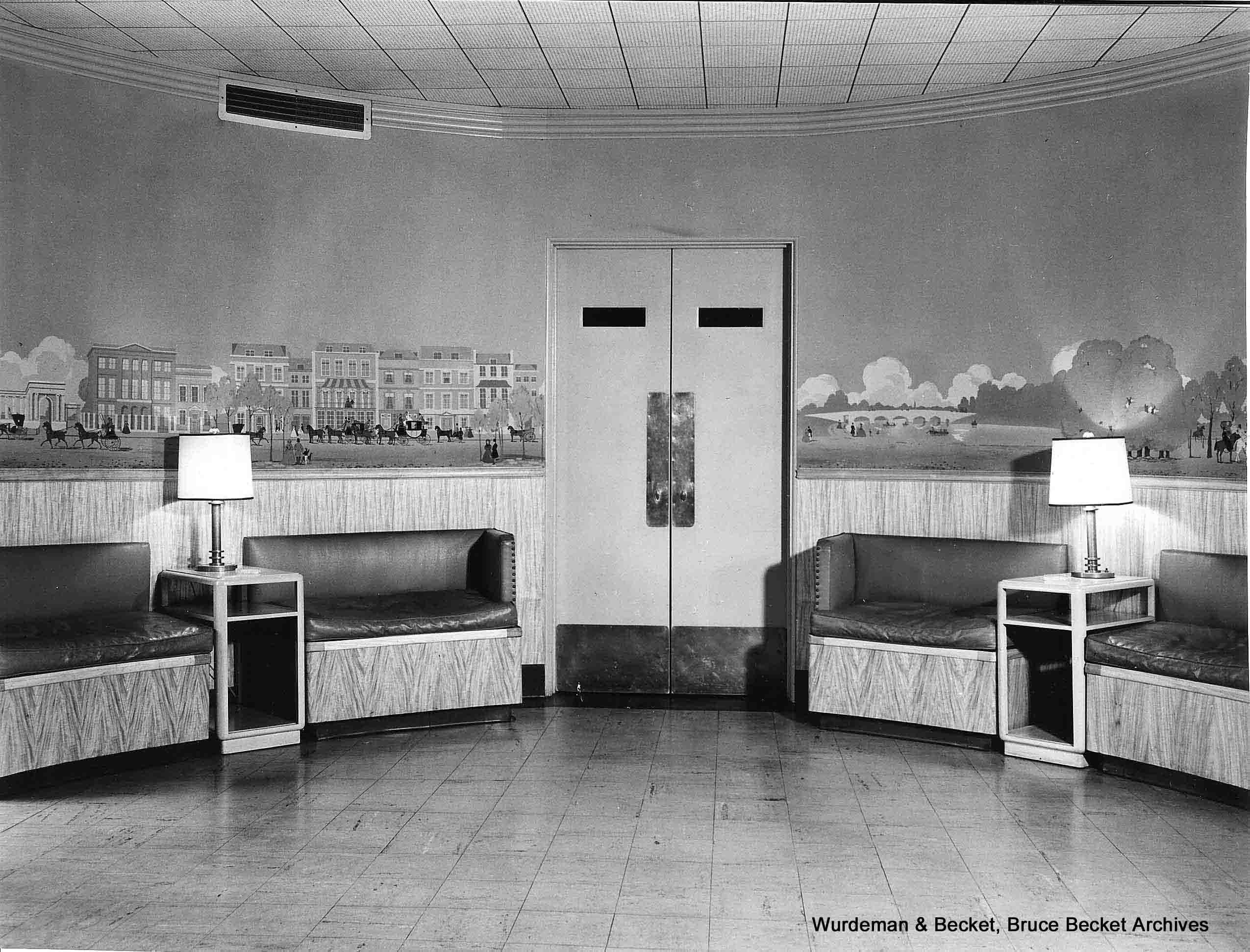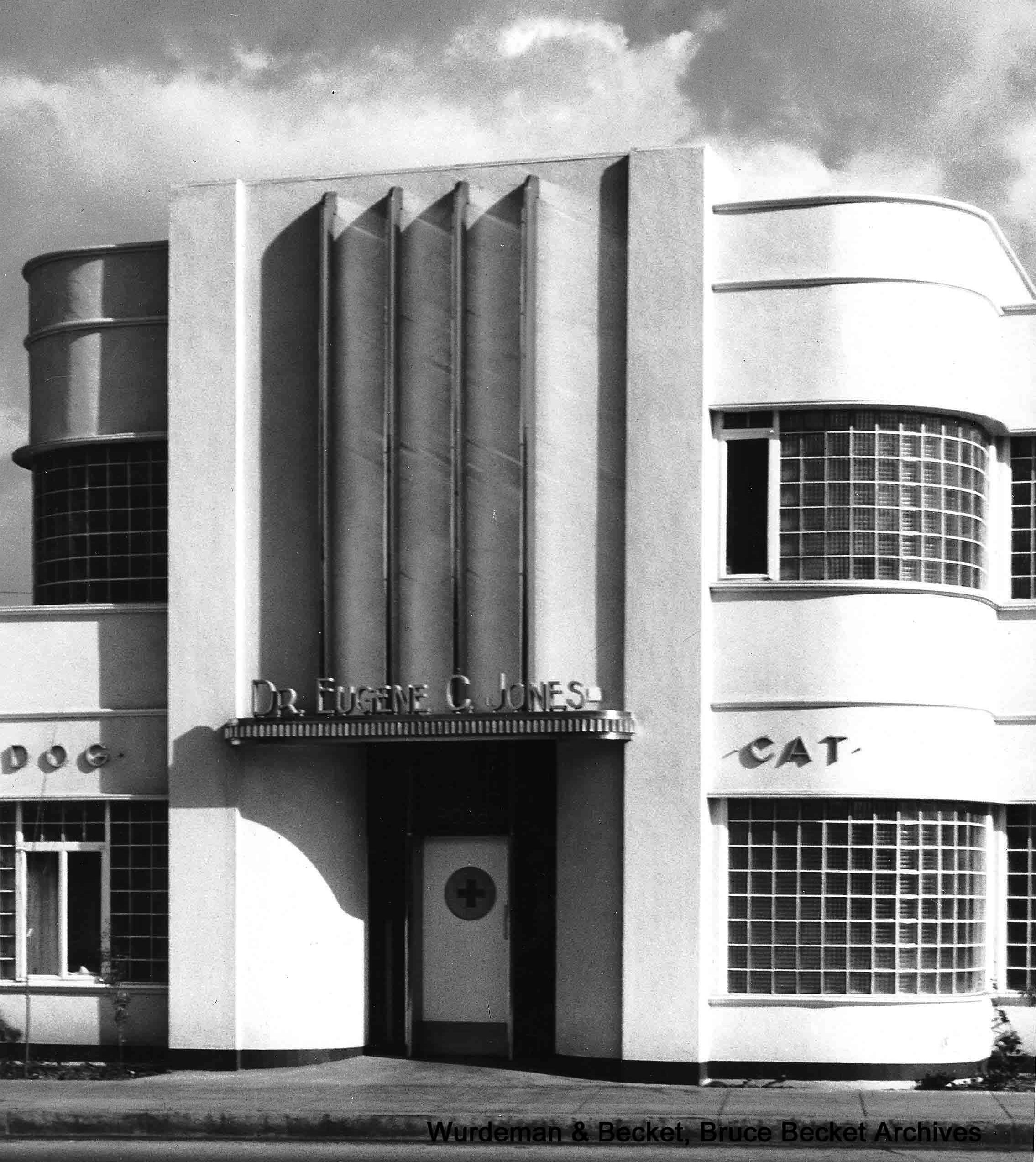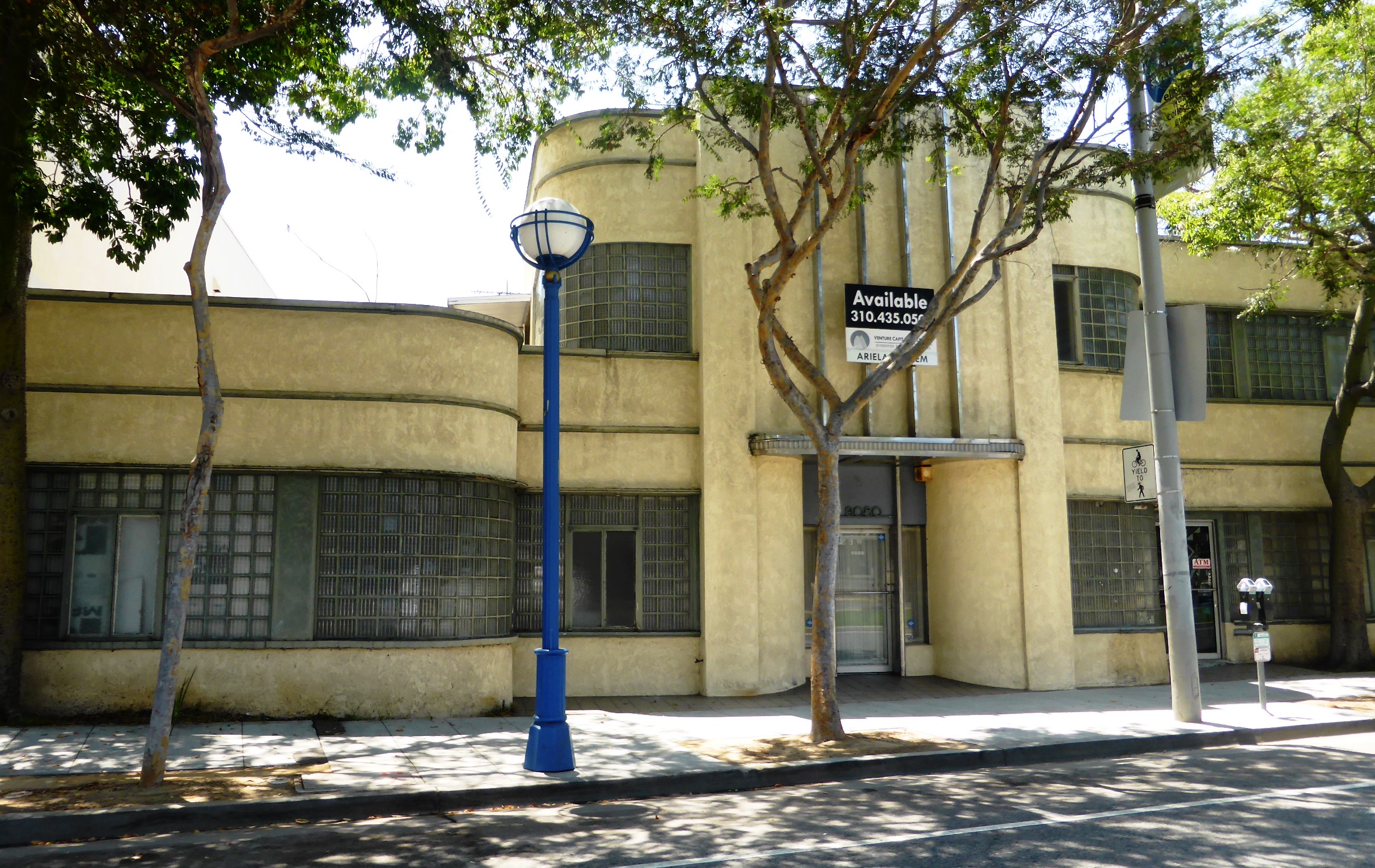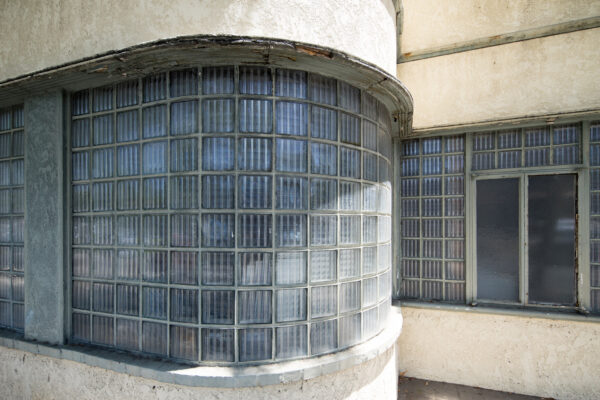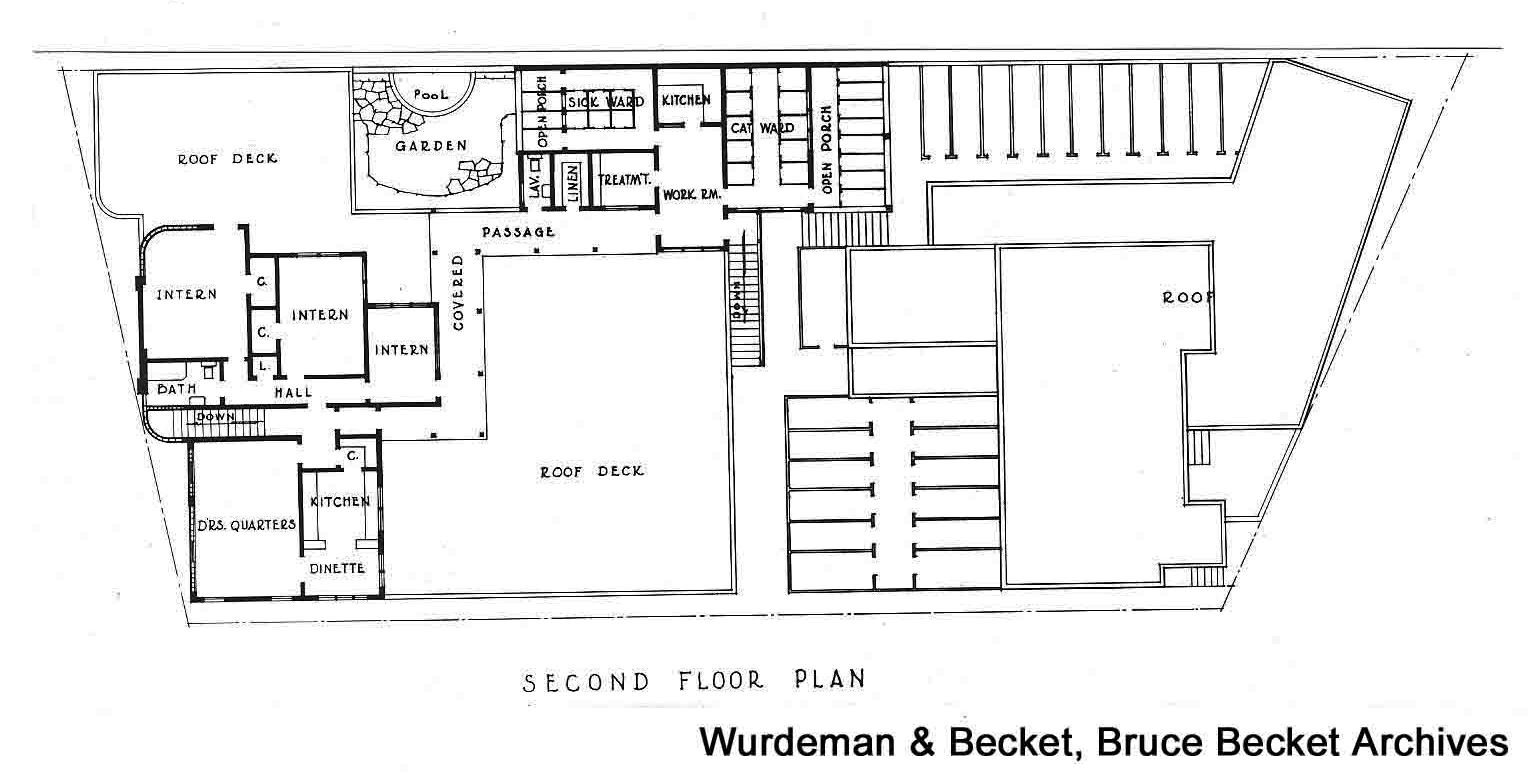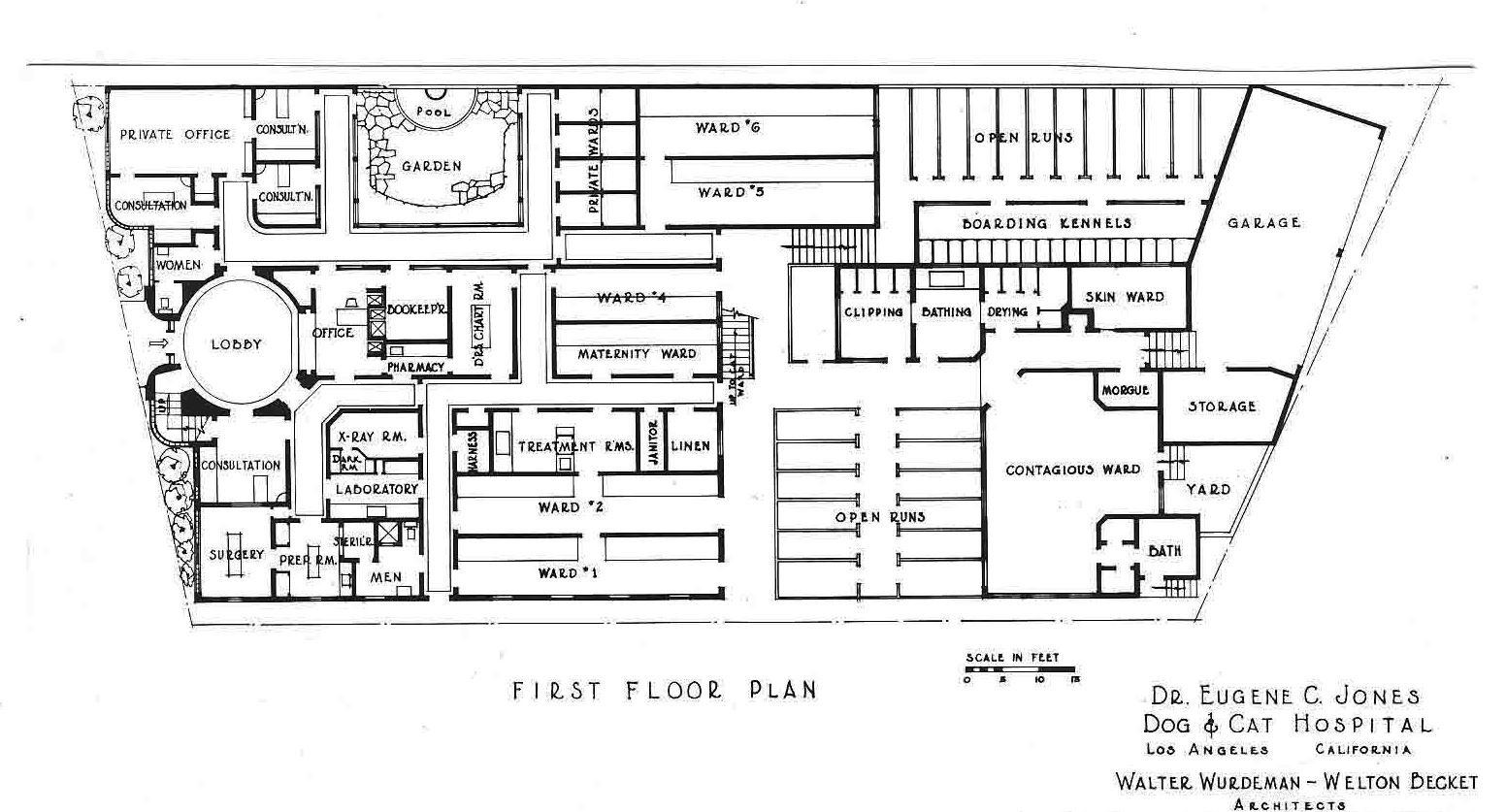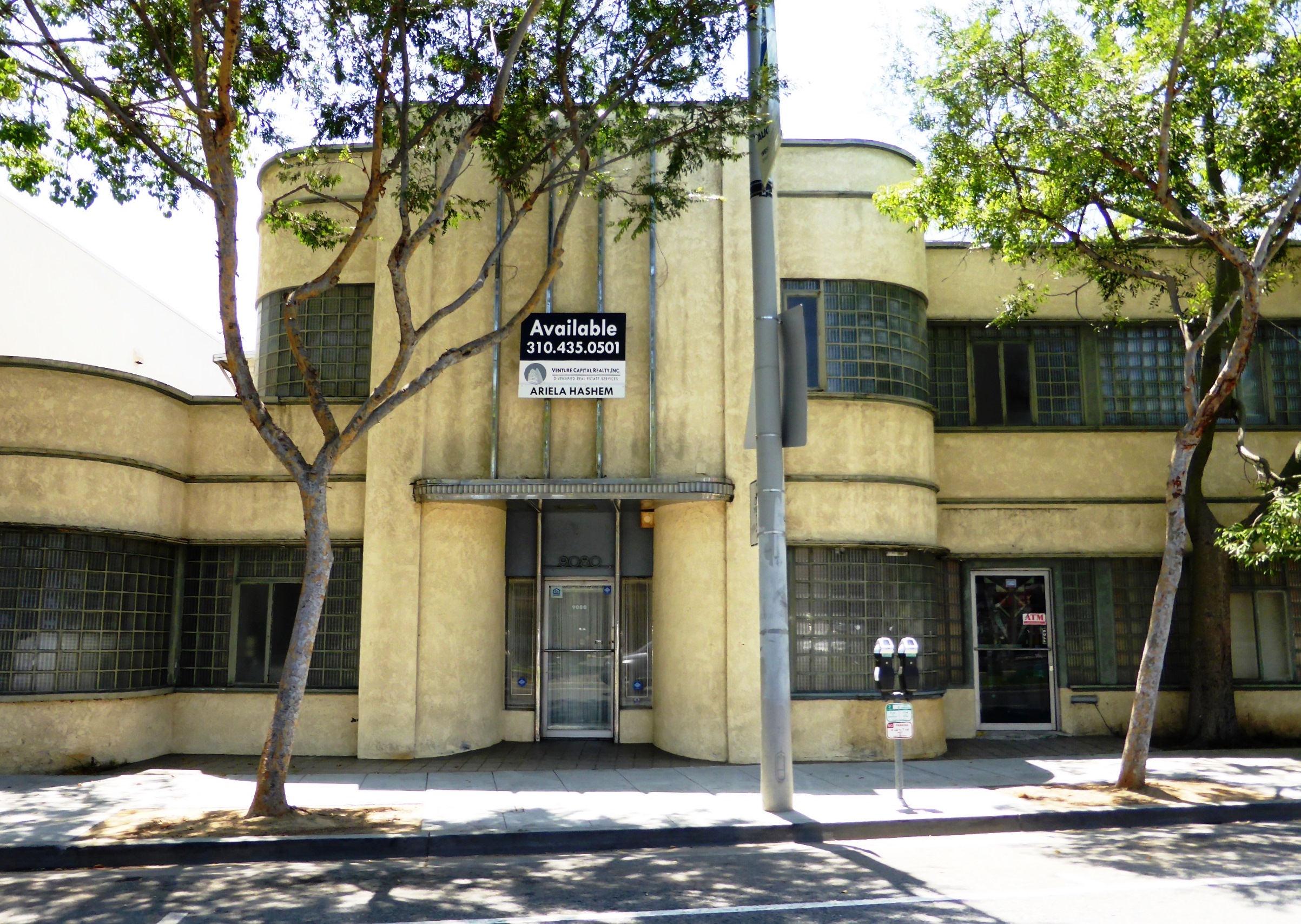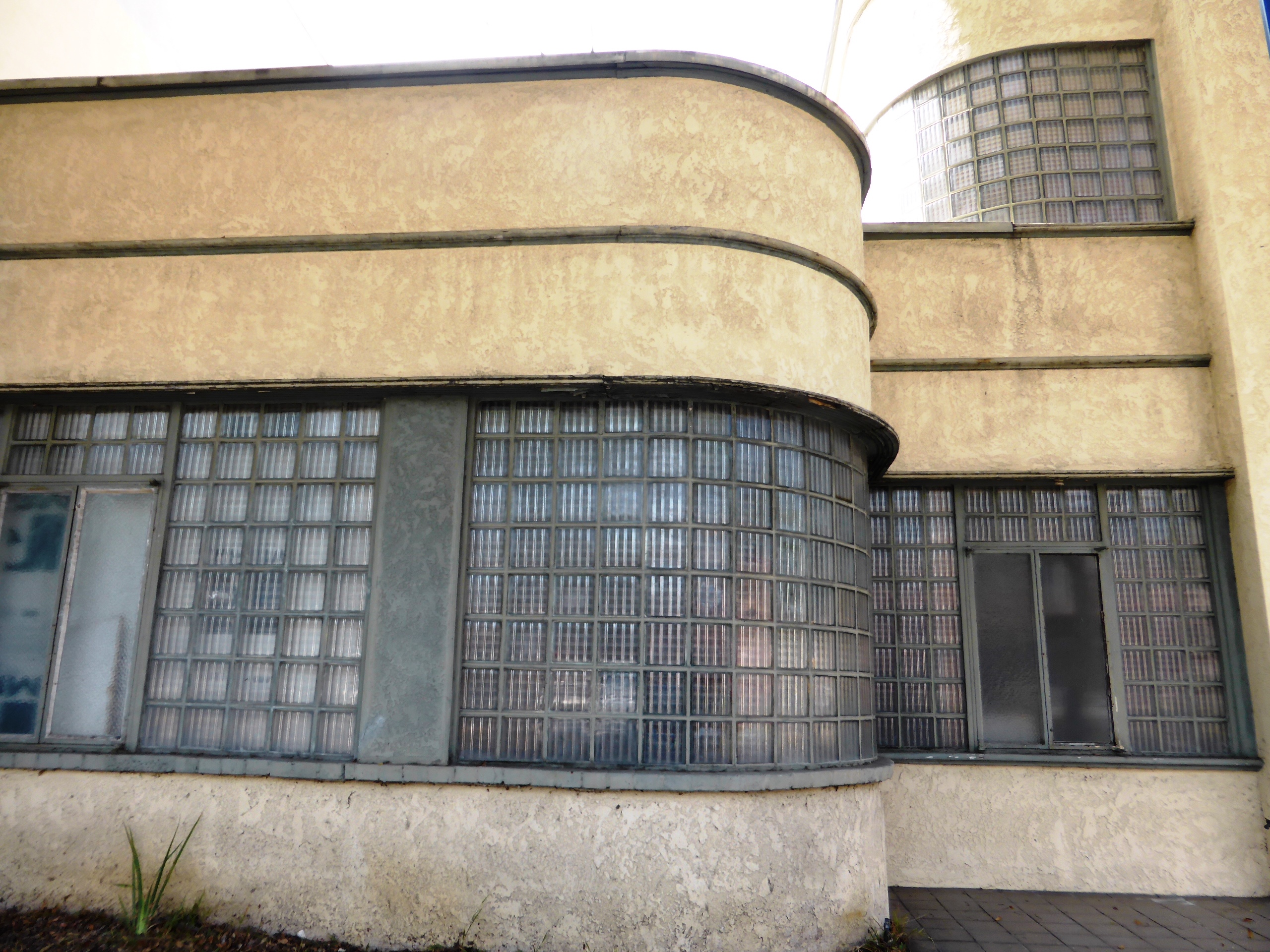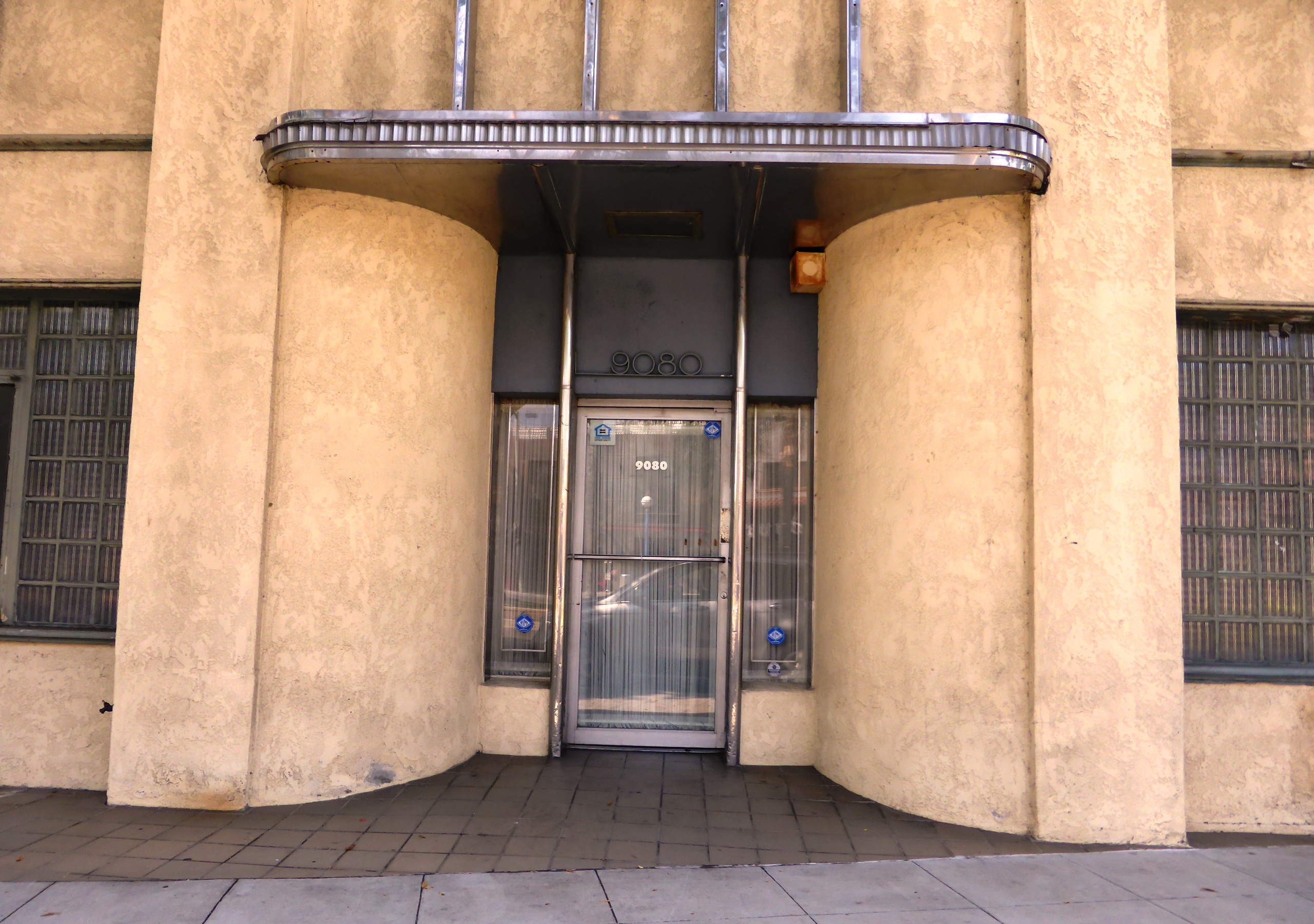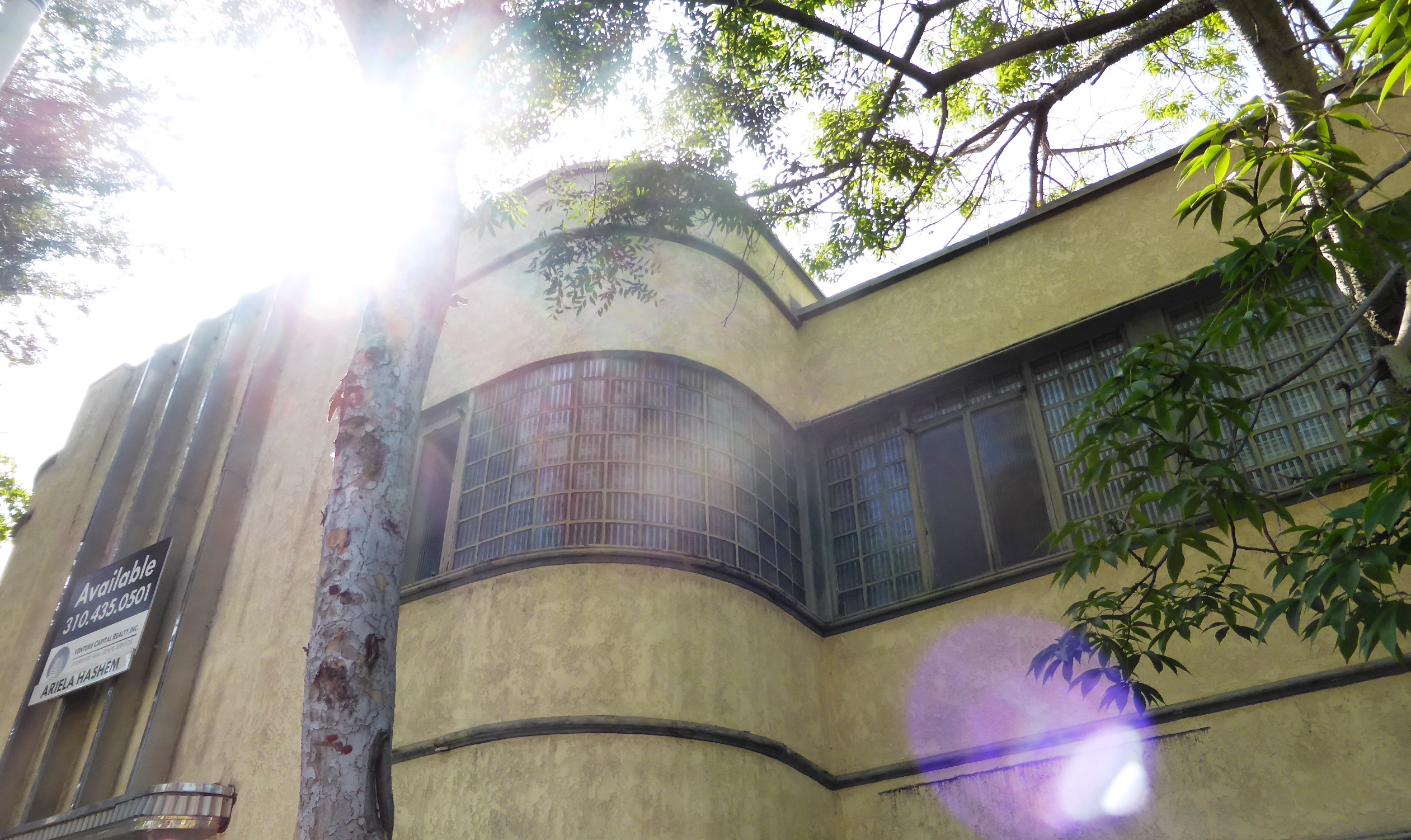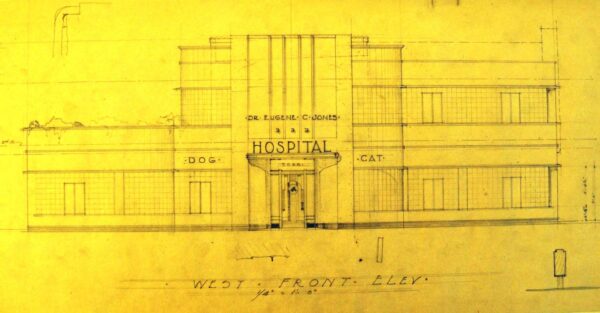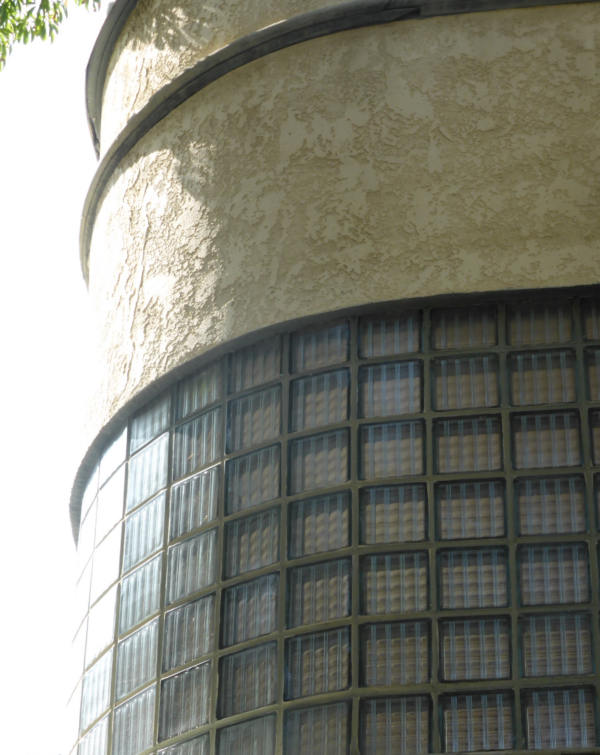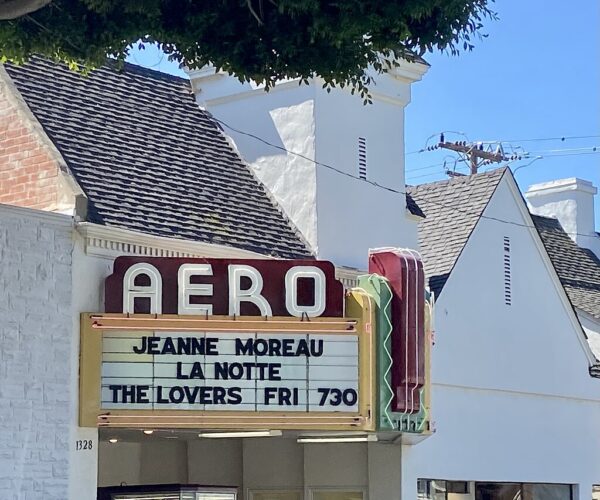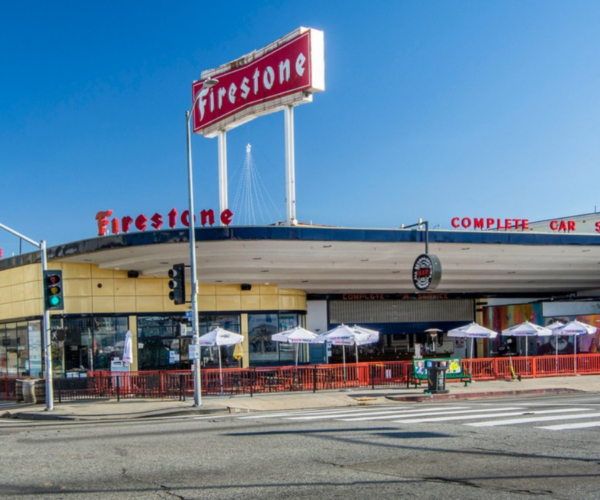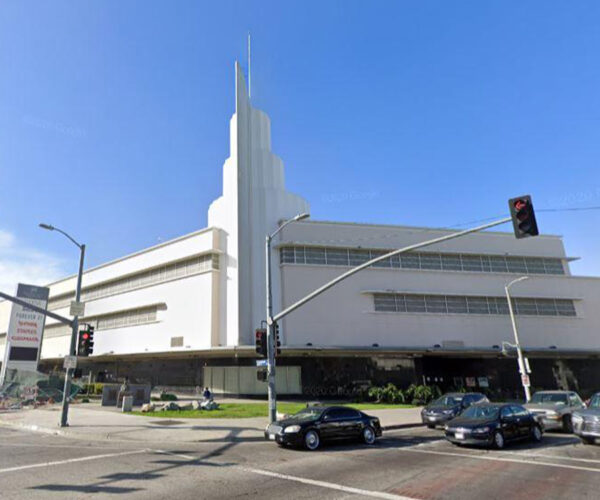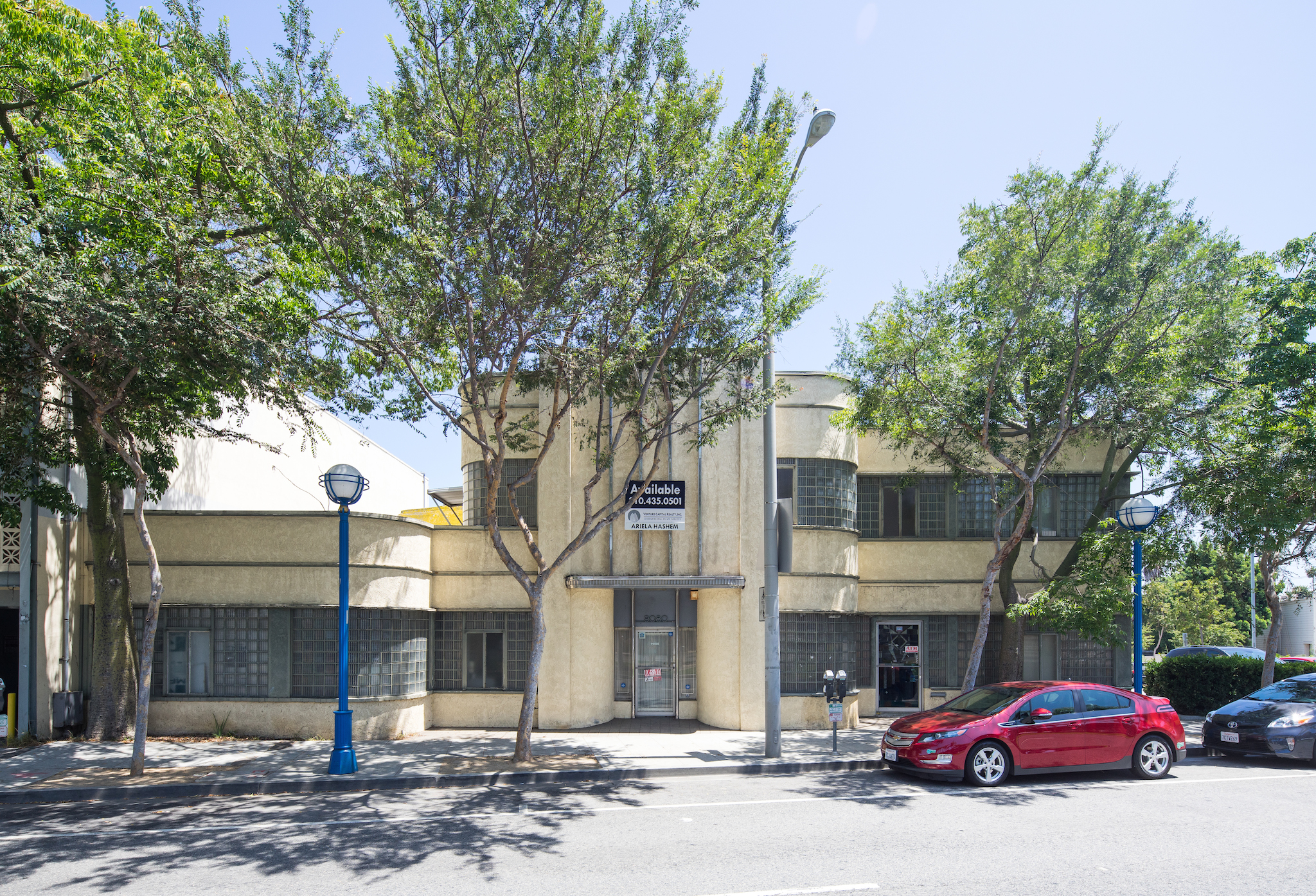
Place
Jones Dog & Cat Hospital Building
This Streamline Moderne building, originally an animal hospital, is an early example of work by master architects Wurdeman & Becket.
Lost
The Jones Dog & Cat Hospital Building was demolished in 2018 to make way for the Melrose Triangle Project.
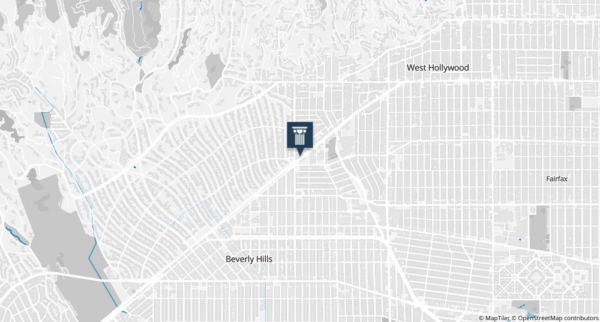
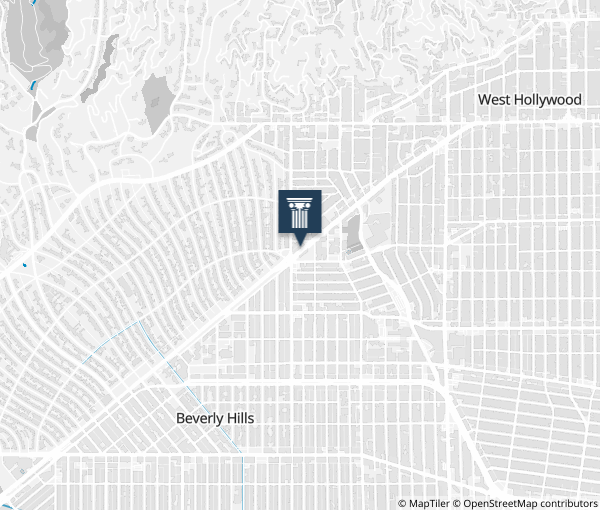
Place Details
Address
Architect
Year
Style
Designation
Property Type
Community
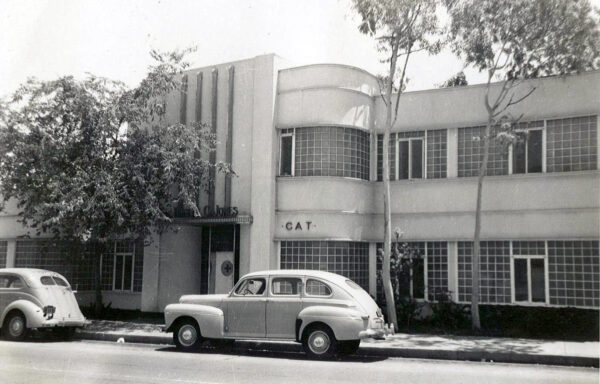
Jones Dog & Cat Hospital in 1947 | Courtesy Marcello Vavala
Overview
The former Jones Dog & Cat Hospital building at 9080 Santa Monica Boulevard is a notable and rare surviving example of a Streamline Moderne commercial building in the City of West Hollywood.
The building was designed by the prominent architecture firm of Wurdeman and Becket. It is an intact, early work by the firm, and it may be the only remaining example of their work in the city.
Two other examples of the work of Wurdeman & Becket include the former Mobil Oil/General Petroleum Building, now Pegasus Apartments, and Bullock’s Pasadena, now Macy’s. As Welton Becket & Associates, the firm went on to design many of L.A.’s iconic landmarks, including Capitol Records Tower, the Music Center of Los Angeles County, and the Cinerama Dome.
The Melrose Triangle Project is a large-scale, mixed use development project proposed for the triangular block at the western boundary of West Hollywood bordered by Melrose Avenue, Santa Monica Boulevard and Almont Drive. Conceived as a “gateway project” for the city’s western border along Santa Monica Boulevard, the project was first proposed in 2004 and revised in 2012, necessitating the release of a recirculated Notice of Preparation (NOP).
The proposed project would demolish all existing buildings on the site and construct a mixed-use commercial and residential development consisting of three buildings. Portions of three buildings would surround a broad paseo running through the center of the project site.
About This Place
About This Place
Dr. Eugene C. Jones, a progressive veterinarian whose clients included the likes of Charlie Chaplin, Gloria Swanson and Rudolph Valentino, commissioned Wurdeman and Becket to expand and remodel his original 1928 animal hospital, transforming it into a sleek and modern facility.
Its location at the western edge of West Hollywood near the border with Beverly Hills put it within short distance of the homes of wealthy clientele and their pets.
The building operated as an animal hospital for several decades. Between 1951 and 1981, the building was owned and operated by R. Nichol Smith, D.V.M. as a dog hospital.
The redesigned structure, completed in 1938, is an excellent example of the Streamline Moderne architectural style that emerged in the 1930s. It features smooth wall surfaces, curved corners and volumes, and an emphasized horizontal design.
The windows are arranged in continuous ribbons across the façade, with extensive use of glass block. Accentuating the building’s sleek lines, polished stainless steel is used for the entrance canopy and vertical fins rising above the main door.
Taking its name from the curved form of a teardrop, which was the most efficient shape in lowering the wind resistance of an object placed in the stream lines of a wind tunnel, the Streamline Moderne evoked a sense of modern efficiency with curved surfaces, sleek finishes, and a spare use of detailing which often included pronounced horizontal banding and, in some cases, contrasting vertical accents.
Our Position
The Melrose Triangle Project, a mixed-use project proposed for the block bordered by Melrose Avenue and Santa Monica Boulevard in West Hollywood, calls for the demolition of the Jones Dog & Cat Hospital, one of the city’s few examples of Streamline Moderne commercial architecture.
The Draft EIR included a preservation alternative, though not many details were provided. The alternative retained the Jones Dog & Cat Hospital building while maintaining the same number of housing units as the proposed project and lessening traffic impacts along Santa Monica Boulevard. Despite the EIR’s identification of Alternative 3 as the environmentally superior alternative and concluding that it would meet most of the project objectives, the City opted to recommend certification of the project as proposed.
The Conservancy is not opposed to the development of a mixed-use, gateway project at this location, but not at the needless expense of a historic building that could otherwise be integrated and reused as part of the overall design.
In addition to the Conservancy, local advocacy groups including the West Hollywood Preservation Alliance and the Art Deco Society of Los Angeles advocated for the retention and incorporation of the Jones Dog & Cat Hospital as part of the project. Local advocates also created the Facebook page Save the SMB Streamline Moderne and intended to file an appeal of the City Council’s decision to approve the demolition of the Jones Dog & Cat Hospital building.
People throughout West Hollywood, Los Angeles and beyond wrote to the City Council asking that they not approve the proposed project until the plan is revised to show the retention of the historic Wurdeman and Becket building. Two standout advocates include West Hollywood residents Katherine Eggert and Kristin Gosney, who worked tirelessly to build support for preservation.
The West Hollywood Planning Commission voted on June 19, 2014 to recommend certification of the Melrose Triangle Project. On August 18, 2014, the West Hollywood City Council approved the proposed gateway development project by certifying the environmental impact report (EIR). The project’s approval required the City to adopt a statement of overriding considerations because the project as originally proposed would result in the demolition of the Jones Dog & Cat Hospital.
On July 9, 2014, the developer agreed to work with the preservation community and evaluate options that would incorporate the building. The developer proposed to reconstruct a small portion of the facade in a new location within the new project. This would not have provided meaningful preservation.
In May 2015, through a tragic turn of events, a man was killed in a fire at the Jones Dog and Cat Hospital building in May 2015. The Conservancy deeply regrets this loss of life. Most of the fire damage occurred at the rear of the building, and the City acknowledged that it can still be rehabilitated.
On February 3, 2016, the Conservancy filed an appeal on the Los Angeles Superior Court’s recent decision to reject our lawsuit against the City of West Hollywood. We filed suit to force the City’s compliance with the California Environmental Quality Act (CEQA) regarding the proposed demolition of the Jones Dog & Cat Hospital building. We believed the Environmental Impact Report (EIR) for the proposed project was inadequate and flawed. In 2018, the Jones Dog & Cat Hospital was demolished.
In March 2021, the project went back to the City of West Hollywood for a request to approve a revised project that features a reduction in housing units and parking, two factors that were used previously as public benefits to justify the demolition of the Jones Dog & Cat Hospital. The latest renderings for the project were revealed in August 2021.
